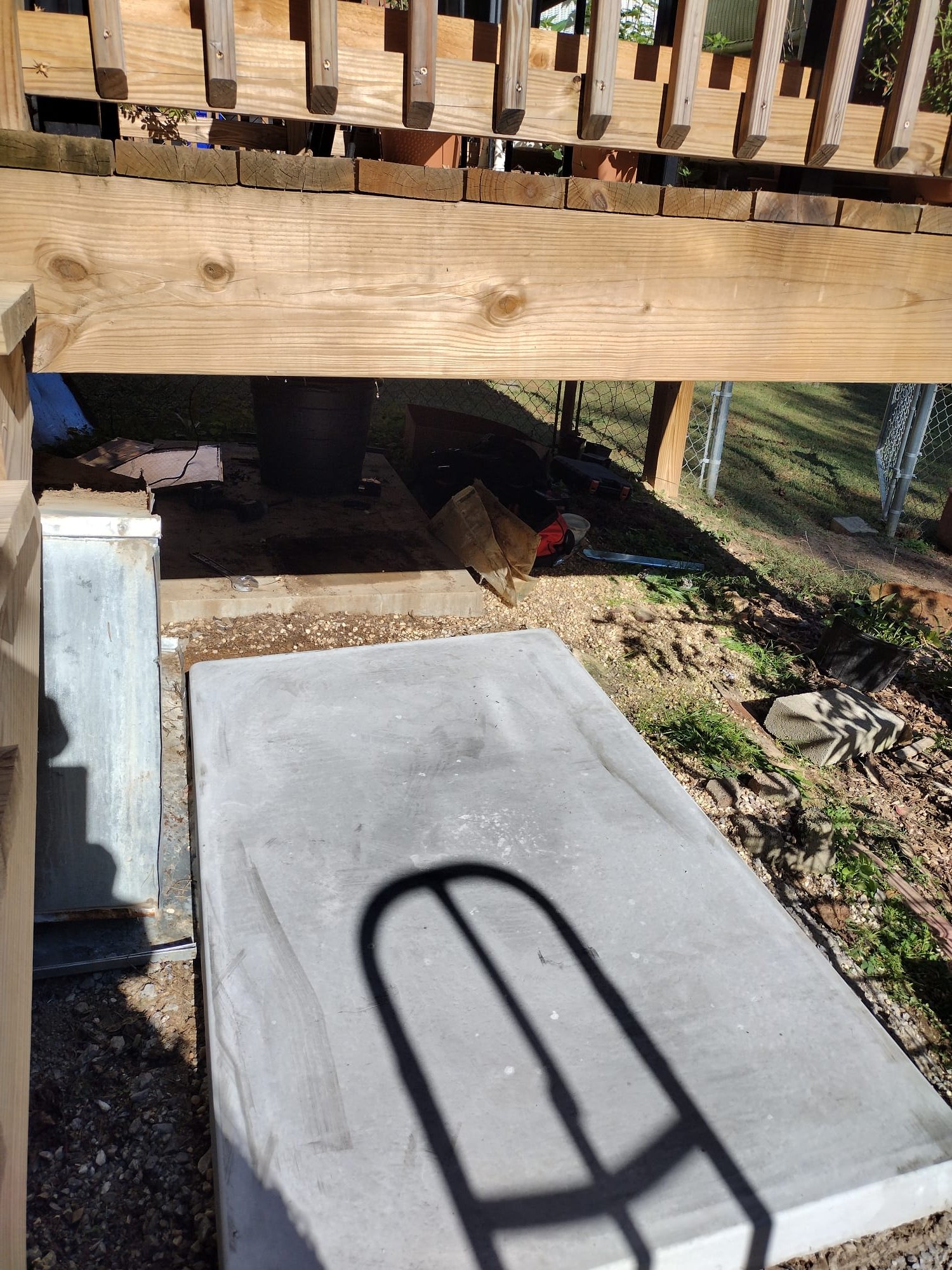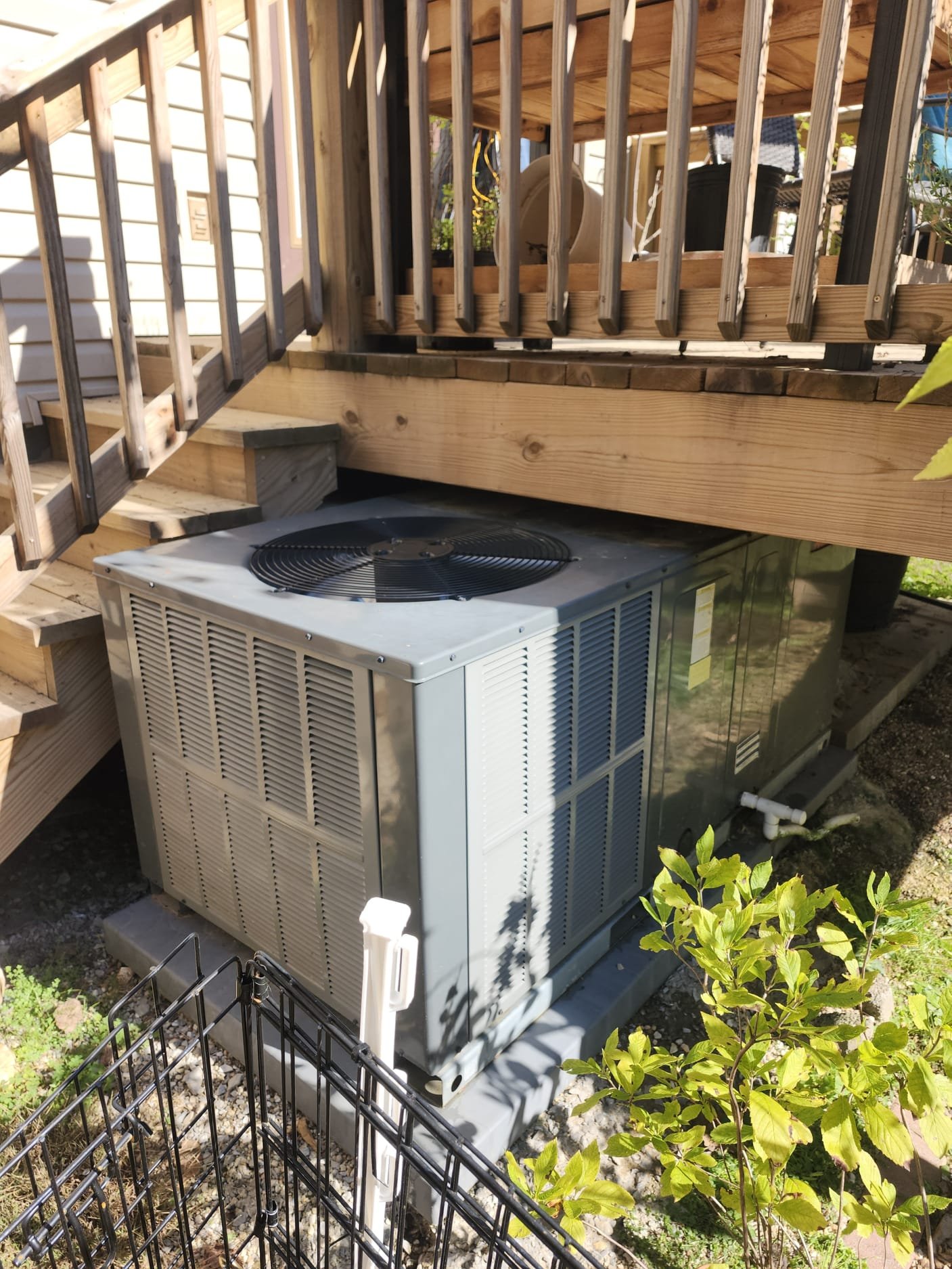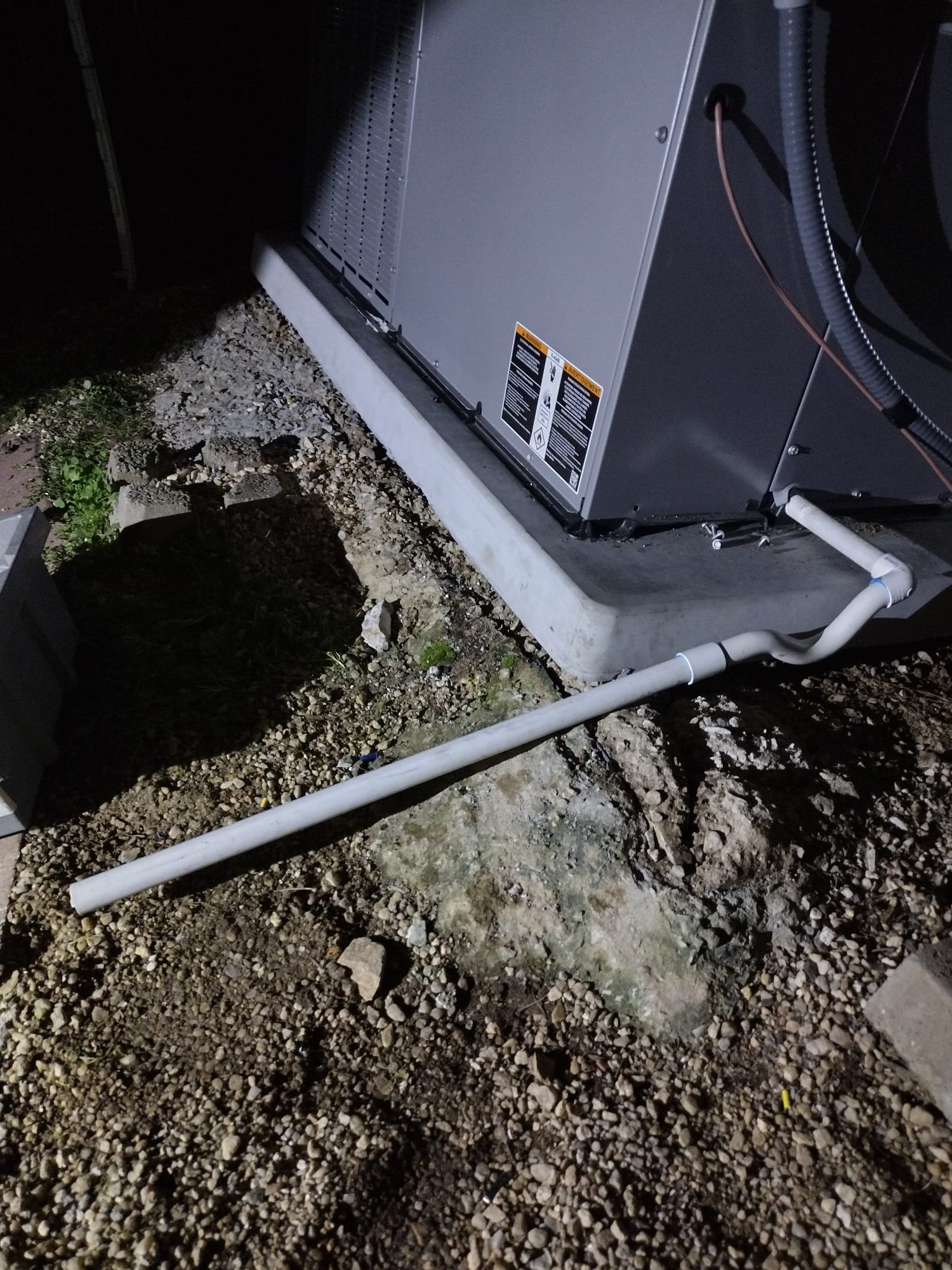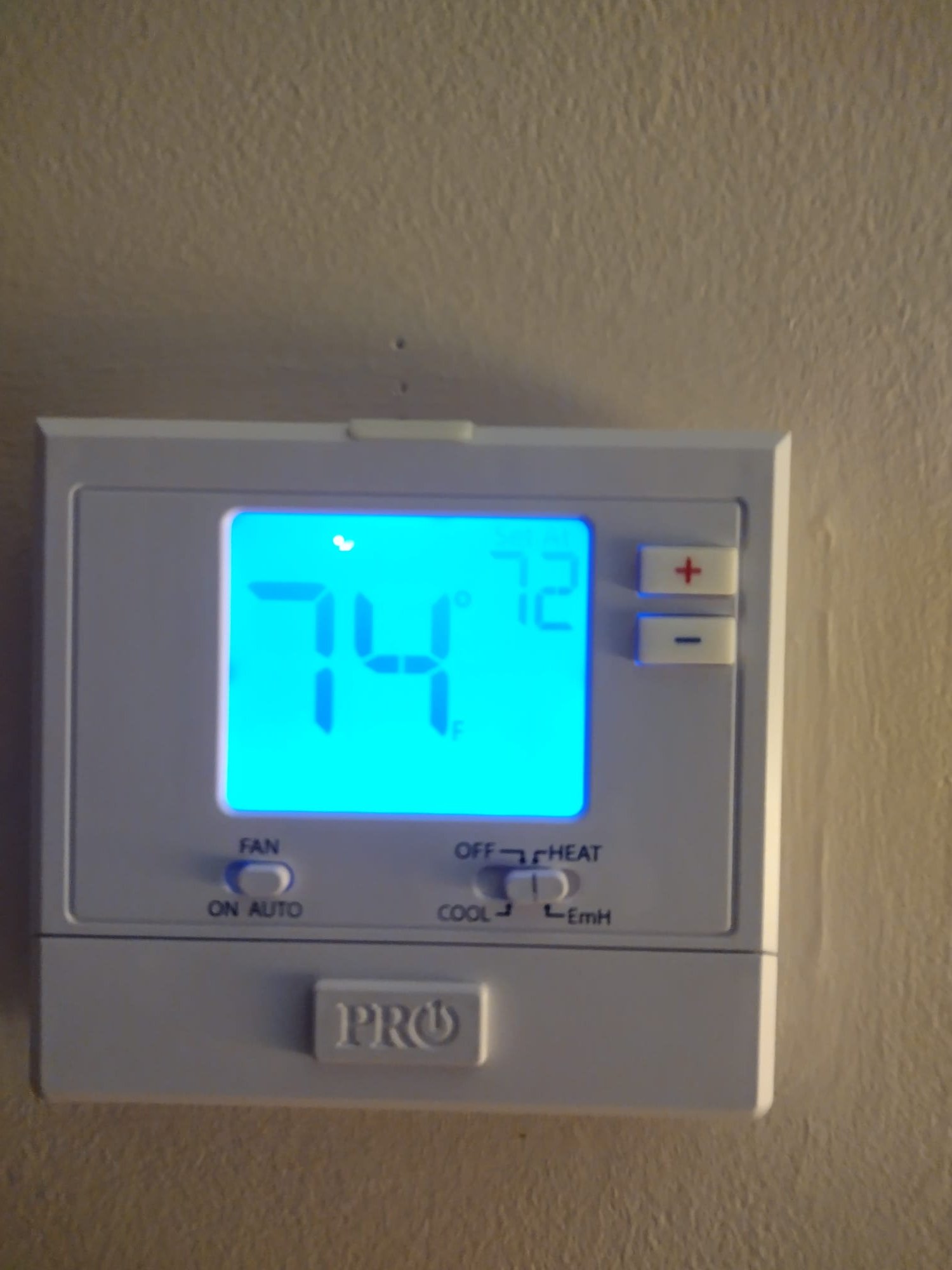How a Frozen Heat Pump Led to Safety Alarms—and What Oak Ridge Homeowners Can Learn
Heating and Air Conditioning
Oak Ridge
Heating and Air Conditioning in Oak Ridge
When a townhouse owner in Oak Ridge flipped their heat pump into heating mode on a chilly evening, the home’s fire alarms unexpectedly went off—and the system kicked itself into emergency heat. With no visible damage, odd noises, or ice buildup, the family was left wondering what was wrong and whether their unit was safe.
A skilled HEP technician arrived on site, performed a thorough inspection, and explained that an internal control fault in their two-year-old packaged heat pump was causing the false alarms and backup-mode lockout. To restore reliable heating and ensure safety, the old unit was carefully removed and replaced with a modern, high-efficiency packaged heat pump mounted on a hurricane-proof concrete pad. New electrical connections—including a dedicated disconnect and surge protector—were added, and a fresh thermostat was brought into the home for precise temperature control. By the end of the day, the family’s heating was back to normal, and the fire alarms stayed silent.
Key Steps in a Smooth Heat Pump Replacement
1. Solid Foundation
Installing a new concrete pad keeps a packaged unit level and off the ground—important for stability, drainage, and longevity.
Tip for Homeowners: Always ensure your outdoor unit sits on a sturdy, level base. A well-prepared pad prevents shifting, vibration, and water pooling.
2. Proper Placement Under Decks or Overhangs
When a unit lives beneath a deck or tight structure, maintaining clearance above it ensures good airflow and easier service access.
Tip for Homeowners: Check manufacturer recommendations for minimum clearance above and around your unit. Obstructions can reduce efficiency and shorten equipment life.
3. Electrical Safety and Surge Protection
A dedicated disconnect allows technicians to safely shut off power during service. Adding a surge protector guards sensitive controls from voltage spikes.
Tip for Homeowners: Ask about installing a surge protector when having a new system put in. It’s a small upgrade that can prevent costly damage down the road.
4. Modern Thermostat for Comfort and Efficiency
Upgrading to a programmable or digital thermostat helps you maintain consistent temperatures and can lower energy bills.
Tip for Homeowners: Learn the features of your thermostat. Simple programming can avoid unnecessary heating or cooling cycles and keep you more comfortable.
Maintenance Tips from HEP Technicians
- Schedule annual HVAC check-ups, ideally in the fall for heating and spring for cooling.
- Keep the area around your outdoor unit free of debris, leaves, and stacked items.
- Regularly change air filters inside your home to improve airflow and system longevity.
- If you notice unusual alarms, frequent mode changes, or a system that runs nonstop, call a qualified technician right away.
By following these best practices—sturdy installation, safe electrical setup, proper clearances, and routine maintenance—Oak Ridge homeowners can enjoy dependable comfort all year long. Trusting a trained HEP technician for both service and installation ensures your heating and cooling systems stay safe, efficient, and ready for whatever weather comes your way.
Published on October 28, 2025



